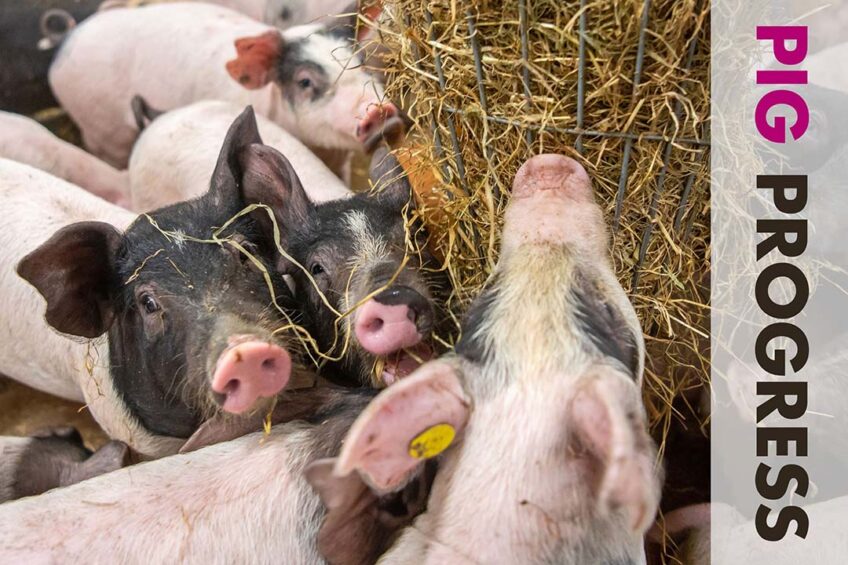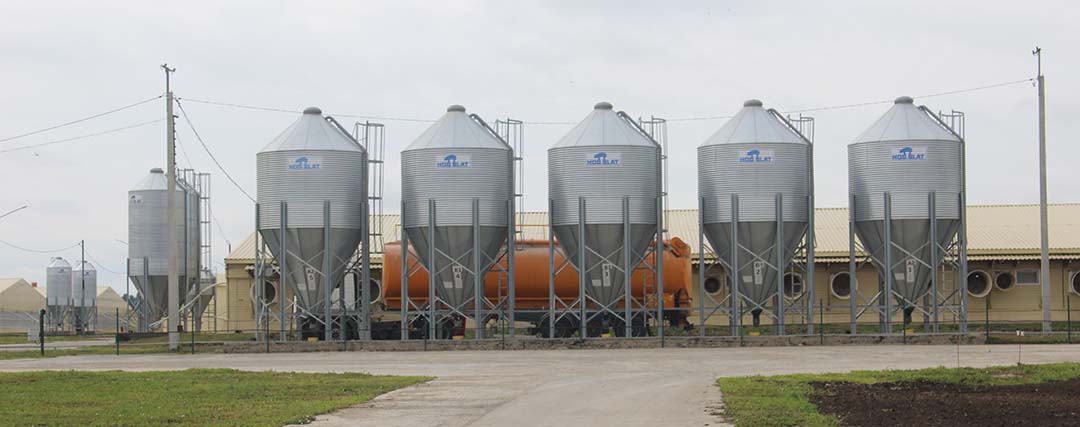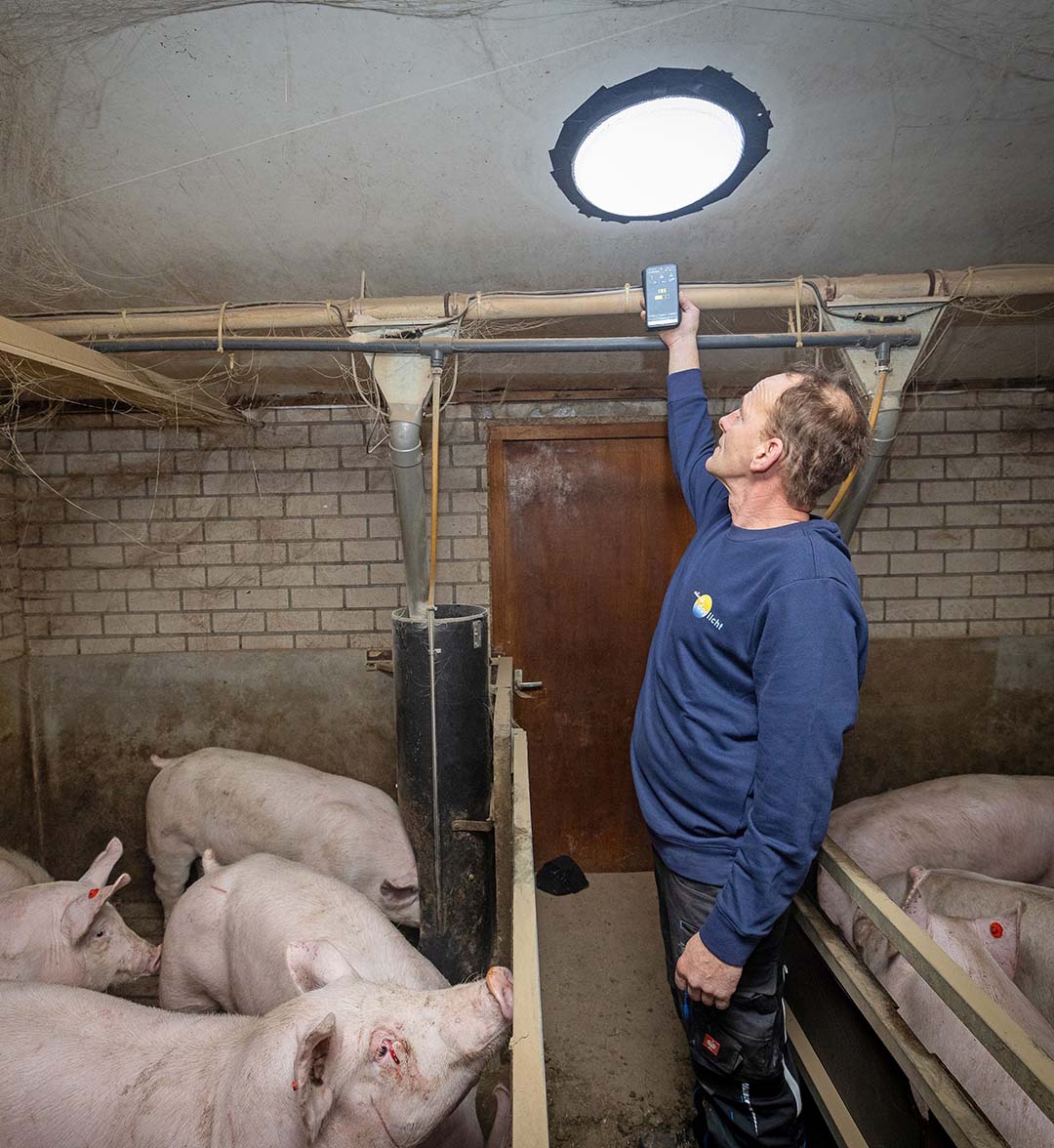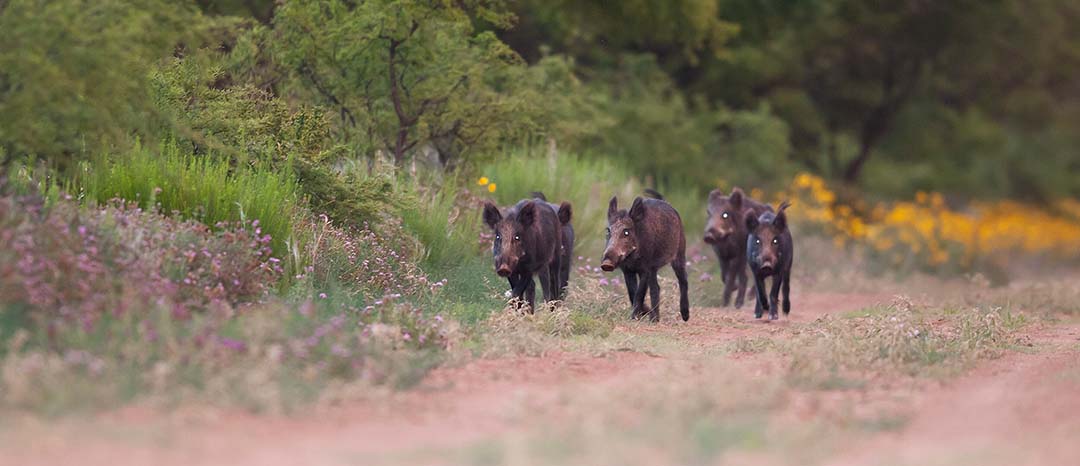Amino acids, ancestors and aggression in Pig Progress 3

The latest edition of Pig Progress is now online and explores the effects of low protein diets on tail biting and the role of amino acids. This edition also features a farm in the Netherlands where special shafts allow natural light into the pig houses, and investigates if piglets should be eating more like their ancestors… This and much more.
Reducing Salmonella in swine production
Pork is frequently identifying as a vehicle for salmonellosis. This article on pages 6-7 considers salmonella transmission in pigs, asymptomatic carriers, as well as vaccination and biosecurity measures.
Russia’s pig industry is at a crossroad
Pork consumption in Russia is soaring and has nearly exhausted its potential. Meanwhile, all signs point towards Russia’s pig exports being on the road to recovery. Will domestic consumption continue to soar and how reliable are export opportunities amid conflict and trade bans? Pig Progress investigates on pages 10-11.

Column: Sustainability in the chain
According to pig nutrition expert Dr Francesc Molist of Schothorst Feed Research, reporting on sustainability in the livestock production chain will be high on the agenda for 2024. Read more on page 12.

Farm visit: Daylight entering pig house through shafts
To continue producing for an animal welfare label, a Dutch pig producer had to ensure that daylight reaches the pigs in the pig house. His solution: roof lighting through special shafts. Find out more on pages 14-16.
The impact of grinding technology on pig diets
Grinding reduces the particle size of a feed ingredient. All grinding choices have an impact, for instance on nutritional value, digestibility and feed use by pigs, as explained on page 17.
Amino acids: The missing link in the tail biting debate?
From a nutritional and behavioural perspective, is it wise to reduce protein levels in pig feed? Researchers in the Netherlands examined to the link between nutrition and welfare, and explored the effects of low protein diets on tail biting and the role of amino acids. Pages 18-19.
Should piglets be eating more like their ancestors?
In an unprecedented study, a manager in swine research, Dr Hubèrt van Hees, zoomed in on what feral piglets consume in their first weeks and how that compares to pre-weaning diets of today. Pages 20-22.

Promoting resilience in grow-finisher pigs
Prevention in animal health should not only focus on biosecurity; resilience in animals should also play a role. That was the key message of the PhD thesis of Dr Ingrid van Dixhoorn, Wageningen University & Research, the Netherlands. In this article on page 23 she answers 5 pertinent questions on promoting resilience in grow-finisher pigs.
Column: Reducing aggression in sows
As an increasing number of sow farmers move to group housing, many are investigating how to tackle aggression in their herds. Solutions are available in the laboratory, but often a next step is needed to implement them on a large scale, writes pig health and welfare expert Dr Monique Pairis-Garcia on page 26.











